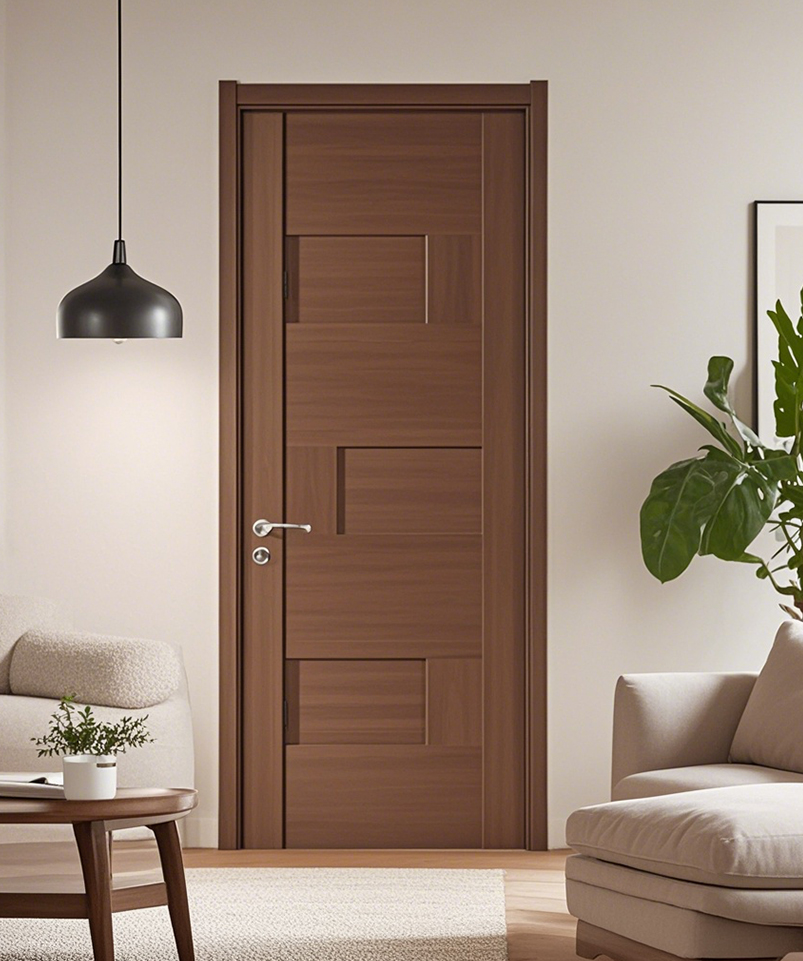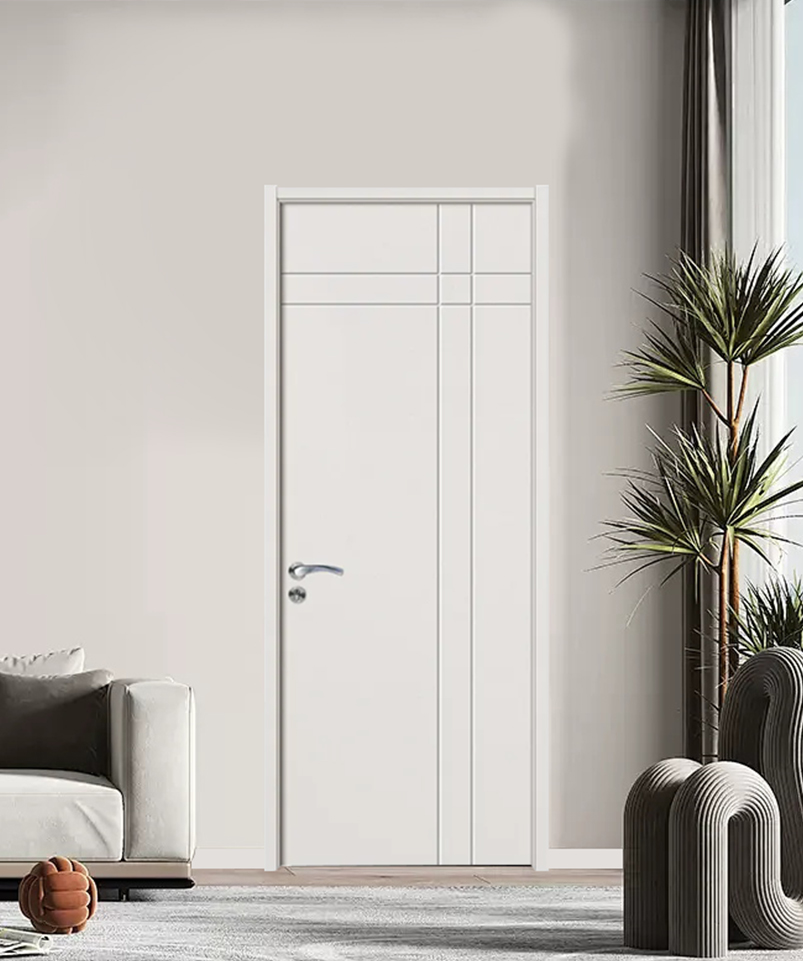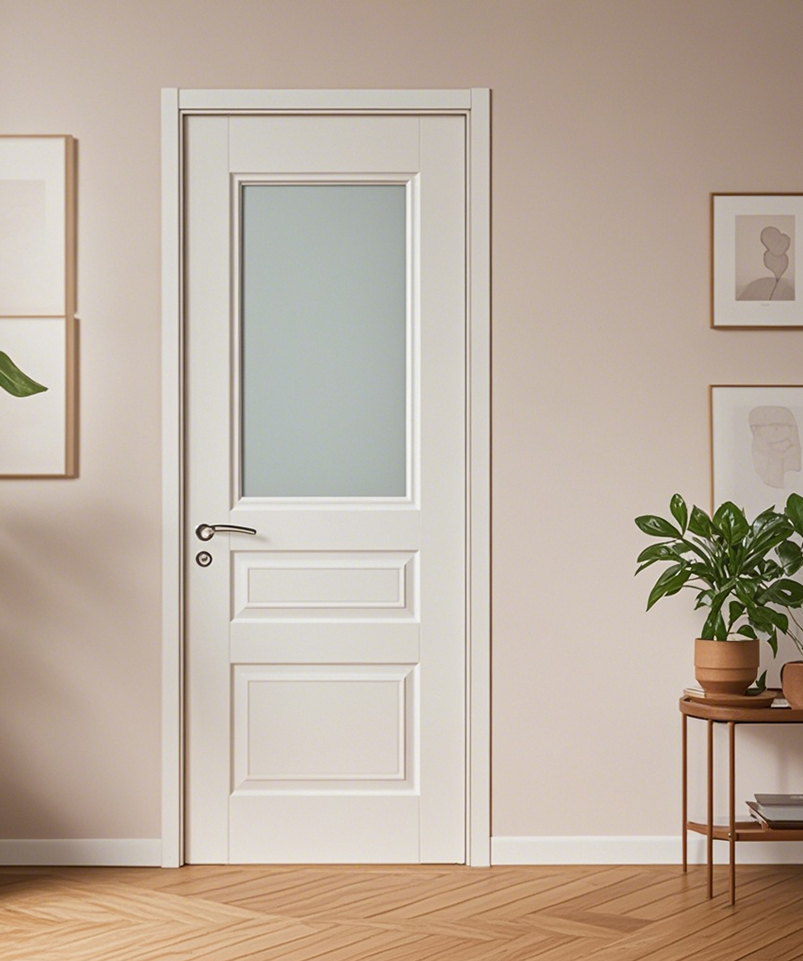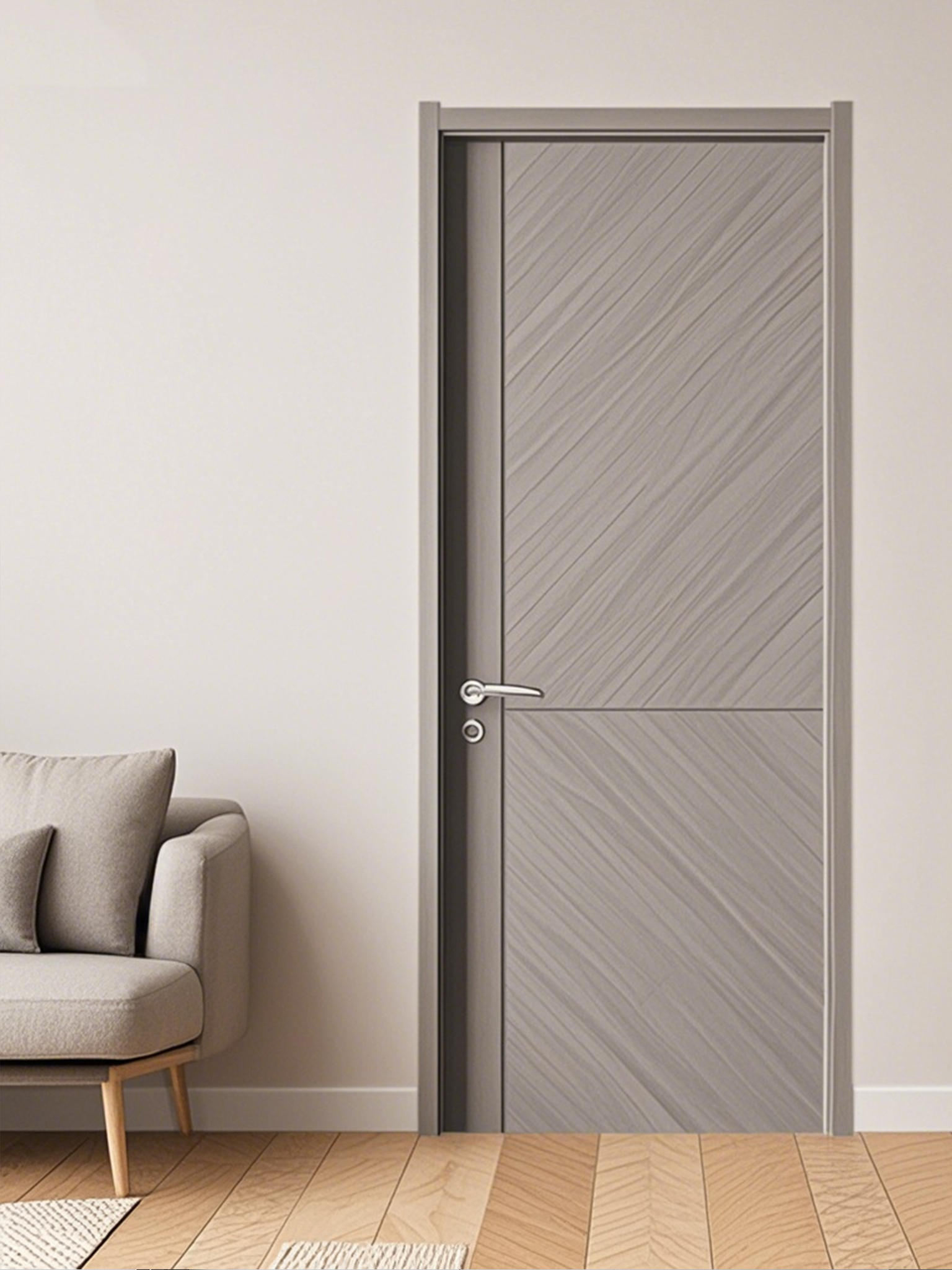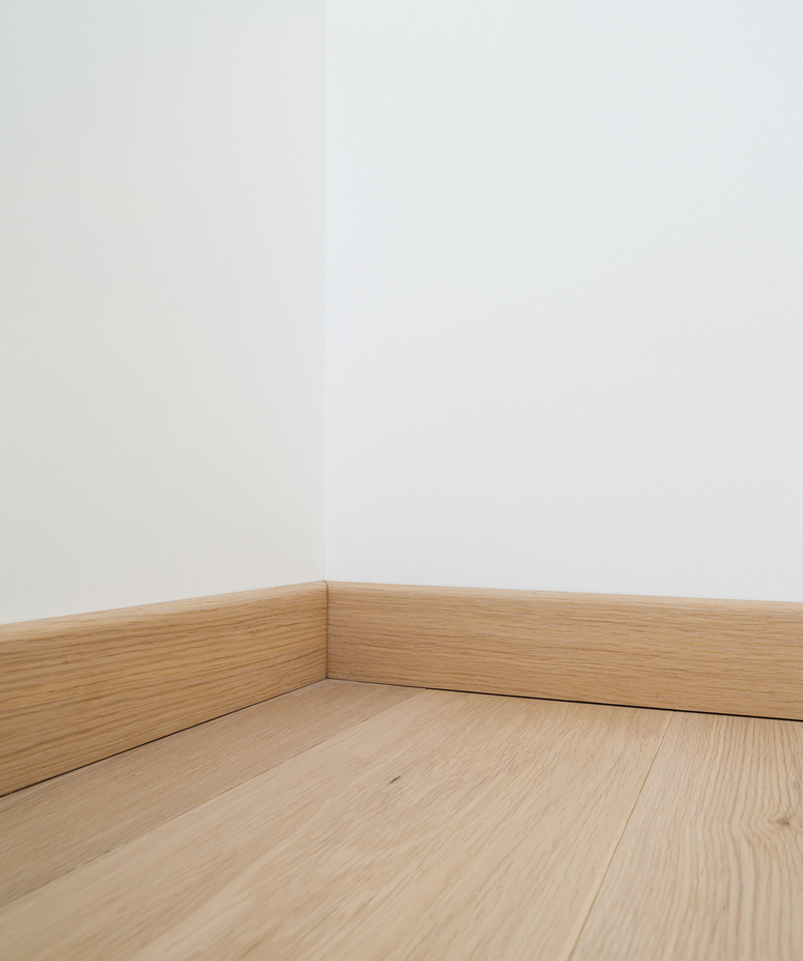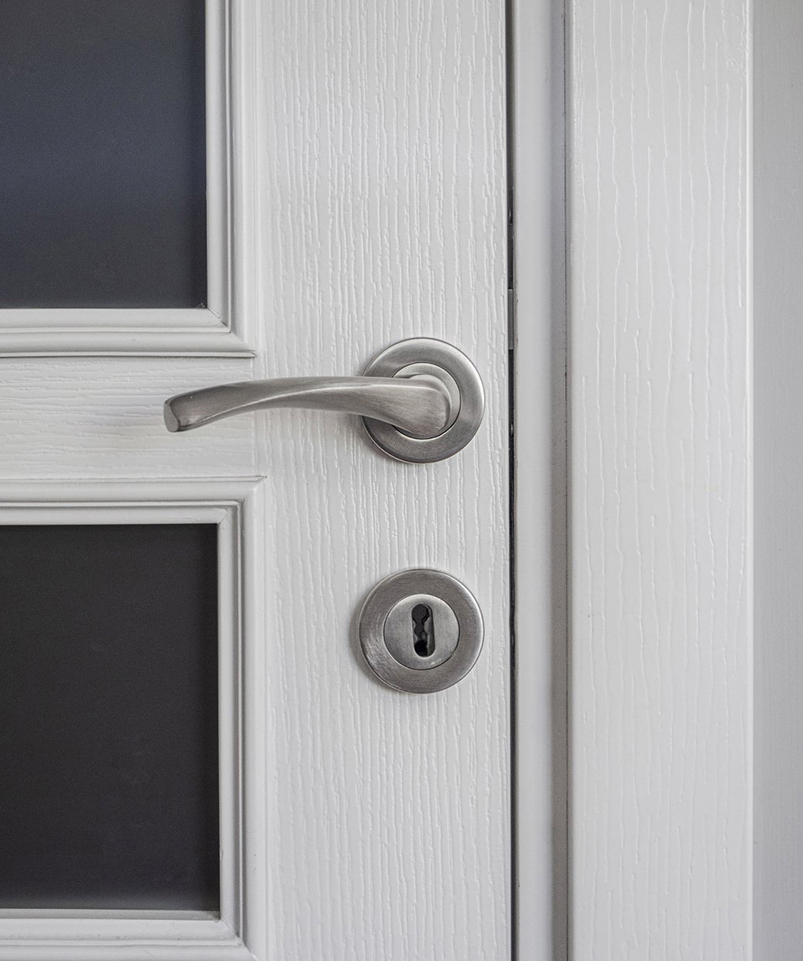PVC Door vs Wood in Humid Zones: Which Truly Survives?
Material DNA: Why PVC Never Drinks Water
PVC (uPVC) is a closed-cell polymer that simply does not absorb moisture. It will not swell, rot or provide lunch for termites even after years of fog, rain or sea-spray. Wood, on the other hand, is hygroscopic: it inhales water vapour, expands, contracts and finally cracks, demanding frequent repainting or sealing to stay intact.
Field Report: Coastal Homeowners Speak
Scan Reddit’s r/DIYUK or American Gulf-coast Facebook groups and you’ll read the same story—paint peels off wooden doors in five to seven seasons, while the neighbour’s white PVC door only needs a wipe with soapy water. Hotels from Florida to Cornwall back this up: their maintenance logs show a 15-20 year replacement cycle for PVC doors versus 8-10 years for timber equivalents, cutting lifetime ownership cost by roughly two-thirds.
Hidden Bills: Maintenance Math Over Ten Years
A mid-range external oak door looks affordable until you add annual sanding, primer, top-coat and anti-mould treatment; together they equal the original price within a decade. PVC doors skip the paintbrush entirely—no primer, no varnish, no pest control—so ten-year upkeep sits below 10 % of purchase price and demands nothing more than a sponge.
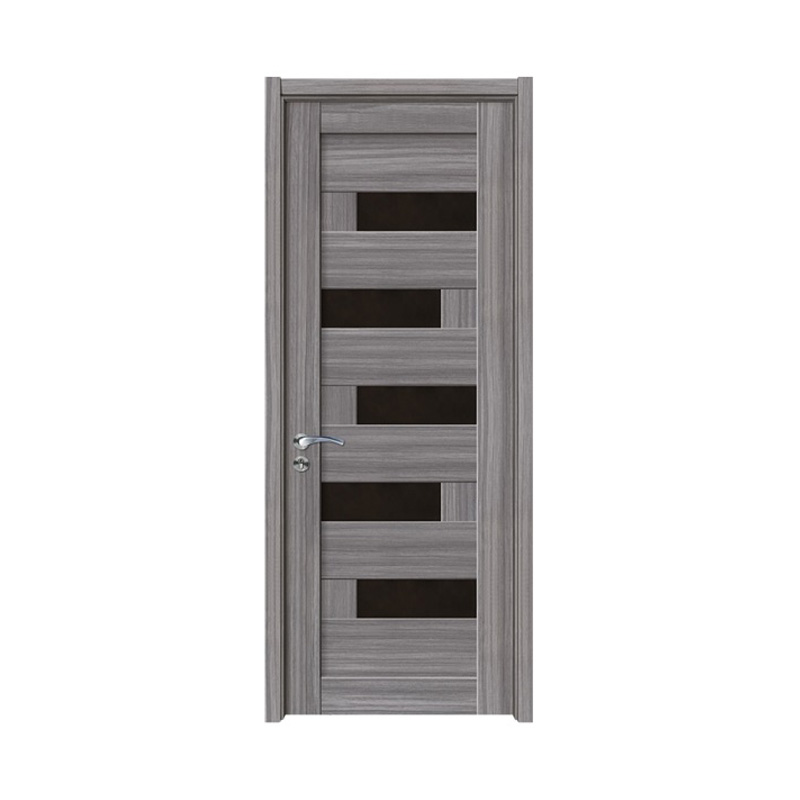
Energy Bonus: Dry Frame, Tight Seal
Because PVC profiles are extruded in multi-chamber hollow sections, they accept twin rubber gaskets and PU foam in one shot. The assembled door can reach U-values as low as 1.4 W/(m²·K), beating a solid timber door of the same budget by about 15 %. Wood that has swollen or warped often bows away from the seal, inviting drafts and quietly driving up heating bills every winter.
Look Again: Modern Wood-Grain Finishes
Early PVC carried a “plastic” stigma, but 2025 sublimation and ASA co-extrusion films copy open-grain oak or walnut so faithfully that 90 % of visitors can’t tell the difference at glance. The ASA top-layer also locks colour for 6 000 hours of UV—five years on a sun-drenched porch with ΔE fade scores under 3, solving the old “turning yellow” complaint.
Ready to upgrade? Choose a supplier that has already exported 1.2 million moisture-proof doors across Europe and North-America—Zhejiang Optima Door Industry Co., Ltd. Their 40 mm thick, six-chamber PVC Panel Door comes pre-hung with Q-Lon weather-strip and reversible wood-grain foil, engineered precisely for humid summers and salt-laden winters.
Explore the full range here: https://www.mdf-door.com/product/pvc-panel-door/page/2/ and give your entrance the dryness it deserves.

 English
English русский
русский عربى
عربى